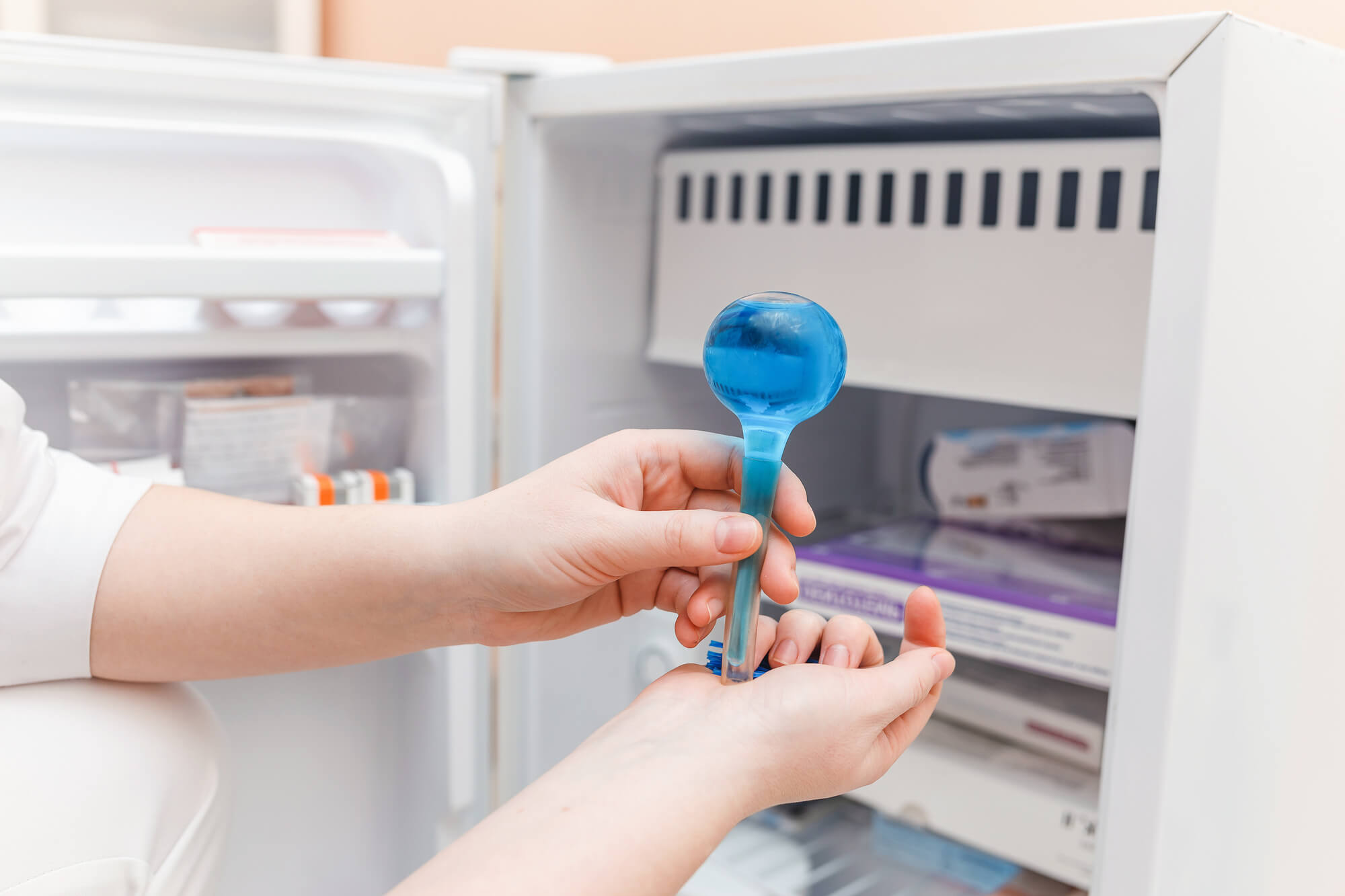
October 28, 2020
Pharmaceutical Temperature Mapping: Why Is It Needed?
The Biopharma industry loses about $35 billion annually due to temperature control failures. Does your business produce or handle pharmaceutical products? How confident do you feel in your refrigeration or freezer equipment?
It’s important for all biopharma companies to do regular temperature mapping. This decreases lost revenue and the risk of selling harmful or ineffective drugs.
Continue reading to learn about temperature mapping and why it’s important.
How Does Temperature Impact Pharmaceutical Storage?
Different medications need certain temperatures during manufacturing, transportation, and storage. Most medications’ ideal temperature ranges from 68 to 77 degrees Fahrenheit.
If pharmaceutical products get too hot or cold, their chemical properties can change. This may affect how they work. The patient could have an unexpected reaction or not get the desired effect.
Pharmaceutical Temperature Mapping Protocols
The United States Pharmacopeia (USP) sets the official standards for pharmaceutical agents. This includes all dietary supplements, over-the-counter medicines, and prescriptions. The USP has authority for all healthcare products produced and sold in the United States.
In April 2019, the USP published a guide for drug storage and shipping practices. This applies to all drugs that must stay within a certain temperature.
The following describes the temperature ranges for each category of refrigeration:
- Room temperature: 20 to 25 degrees Celsius (C) (the range can extend to between 15 and 30 degrees C)
- Controlled room temperature: 20 to 25 degrees C
- Cool storage: 8 to 15 degrees C
- Refrigerated storage: 2 to 8 degrees C
- Freezer storage: -25 to 10 degrees C
Some products are sensitive to light or humidity. They will have a label saying to “store in a cool dry place or protect from light”.
This USP protocol includes steps for the safe handling of drugs. These include the following:
Medical-Grade Cold Storage Equipment
Companies must buy the correct medical-grade equipment to store drugs. The CDC and Joint Commission on Accreditation of Hospitals support this rule. This equipment must stay within the temperature ranges for refrigeration or freezing.
Pharmaceutical Temperature Mapping
Pharmaceutical companies must complete temperature mapping on a regular basis. This makes sure that all drugs stay within the temperature range. Businesses must test cool rooms, refrigerators, vehicles, and warehouses.
All climate-controlled equipment must include documents from the contractor. They must show that it can stay at a stable temperature and humidity.
Temperature mapping helps find areas with the biggest temperature differences. They measure during the “worst-case” conditions such as summer or winter. This shows if the system still works even under negative influences.
This testing must take place on a regular basis by an independent agent. All records must show temperature and humidity readings when the equipment is empty. Also document these measurements when it’s loaded.
Record how long it takes for the temperature to rise above the set range during a power failure. Be sure to describe the temperature changes during door opening and stocking as well.
Uniformity Testing
This test checks if the temperature is the same in all usable parts of the unit. This means drugs anywhere in the room, equipment, or vehicle stay at the same temperature. This is often a problem with non-medical-grade equipment.
For example, an area that’s exposed to sunshine or an outer wall it may be warmer or colder. Changes in airflow, HVAC systems, and windows can interfere with cooling and heating. Even frequent opening and closing of doors can change the temperature.
Companies must set up regular monitoring to make sure the temperature stays the same.
Recovery Testing Temperature
This test measures how long it takes a cold storage unit to return to the proper temperature range. Door opening and time the door is open both affect temperature regulation. Quality equipment should quickly cool within the set safety range.
Temperature Monitoring
Check the air and product temperature at set intervals. The USP guidelines state that this must take place at least every 24 hours. Some products need more frequent measurements to meet protocols.
You may wish to invest in monitoring equipment. This often has the ability to sound an alarm when the temperature falls out of the pre-set range.
Calibration and Maintenance
Set up a schedule for routine maintenance and calibrating. All temperatures must meet NIST, ISO17025, or international calibration standards. Also, check and calibrate the monitoring devices once or twice each year.
Document all calibrations and maintenance procedures. Establish protocols for routine maintenance. When you buy new equipment, ask for a certificate of calibration.
What Is a Temperature Mapping Survey?
Temperature mapping surveys document that the facility or equipment maintains a uniform temperature. The survey should include the entire area and last for at least 24 hours.
The first step for a temperature mapping survey is to set up sensors. Place different types of sensors in specified locations. Sensor placement areas include storage areas or equipment that contains drugs.
The following describes the types of sensors often used:
- Pre-calibrated for temperature sensors
- Temperature and humidity sensors
- Temperature and other specific parameter data-logging sensors
The data-logging sensors create the documentation. This mapping lasts for the length of time established in the study protocol. Testing should include any routine equipment defrost cycles.
After the mapping study finishes, calibrate all the sensors. This shows that they’re working as expected and confirms the study.
Do You Need Temperature Monitoring and Sensing Equipment?
If you manufacture, transport, or store pharmaceutical products, you must conduct temperature mapping. SensoScientific provides a variety of monitoring products to make this task easier. In fact, the FDA uses our company to track its labs.
Our wireless temperature monitors provide a variety of sensing tasks. These include monitoring humidity, Wi-Fi, and data logger. We also offer differential pressure, CO2, and water leak transmitter sensors.
Our monitors are easy to operate and use advanced firmware technology. SensoScientific products meet compliance criteria for hospitals, life sciences, and other critical industries. Contact us today to learn more about our products.